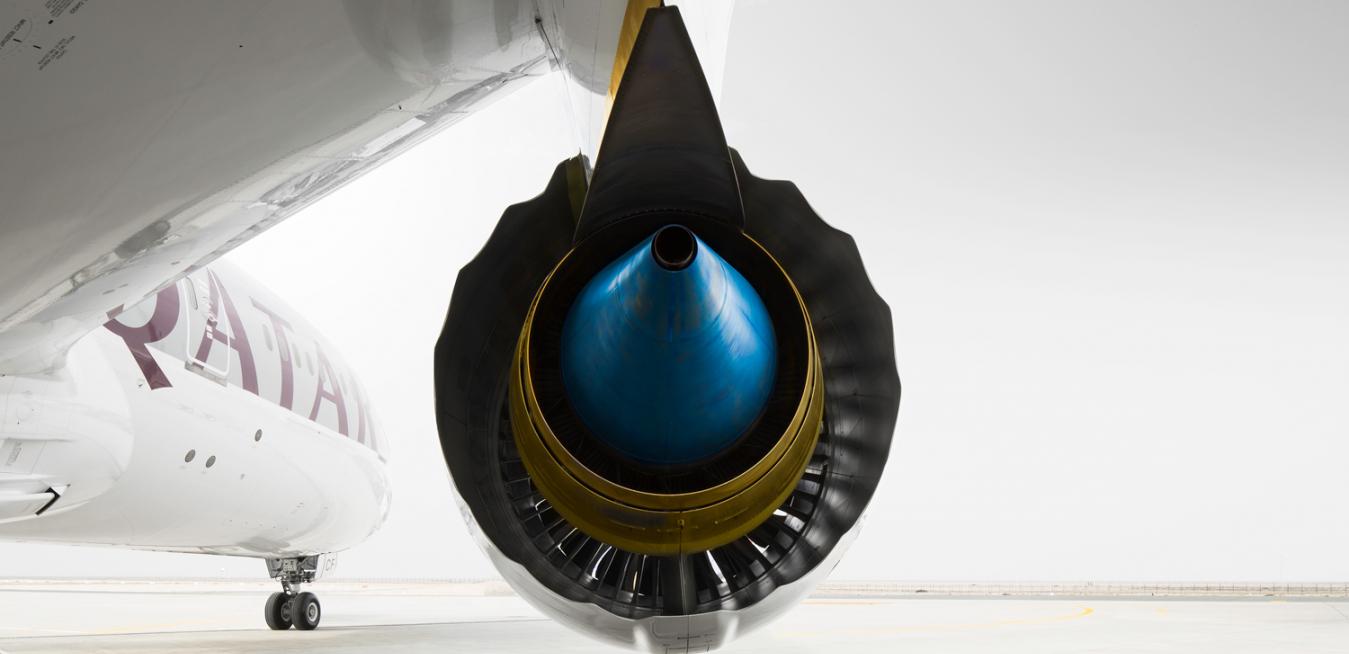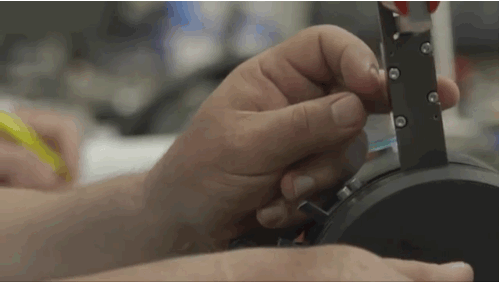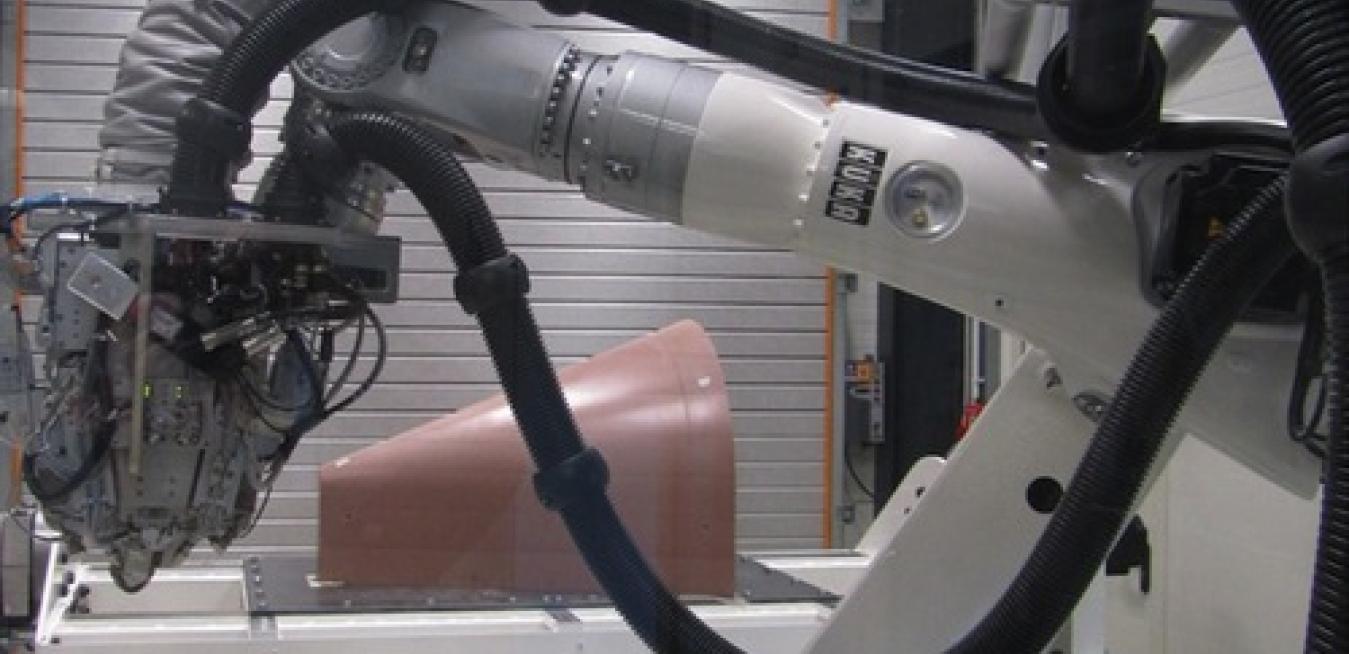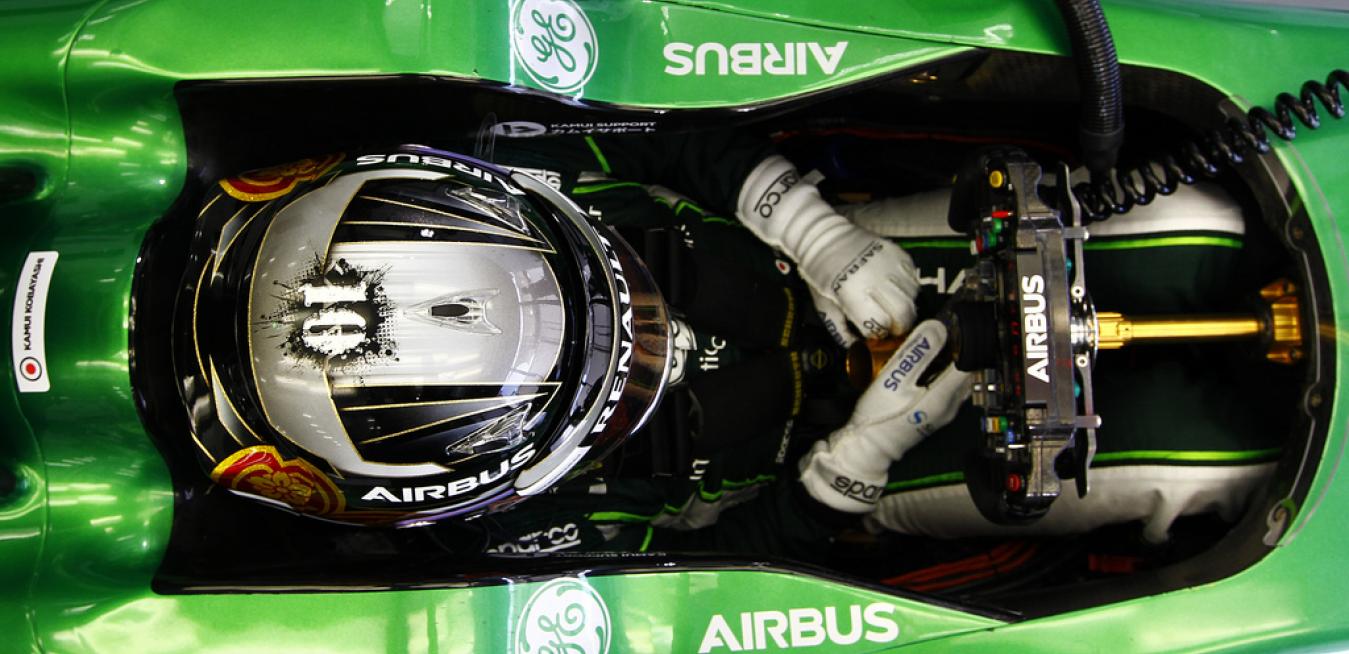Categories
Categories
Not too long ago, passenger jets were made mostly from aluminum and steel. But over the last two decades, they started putting on lighter frocks made from high-tech materials called composite. Airbus’ latest plane, the A350 “Extra Wide Body” jet, is perhaps the most fashion-forward aircraft in this space. More than half of the plane’s airframe and skin is made from composite materials.

Formula 1 is arguably the most popular motorsport in the world, but when the race series arrives in Austin, Texas, this weekend, it will mark the end of an era. Starting in 2014, new technical regulations will dramatically alter the F1 car and reduce the size of the engine, shrink the fuel tank, affect aerodynamics and alter the gear box. “Everybody is starting with a blank slate,” says Caterham F1 Team’s 22-year old reserve driver Alexander Rossi.














